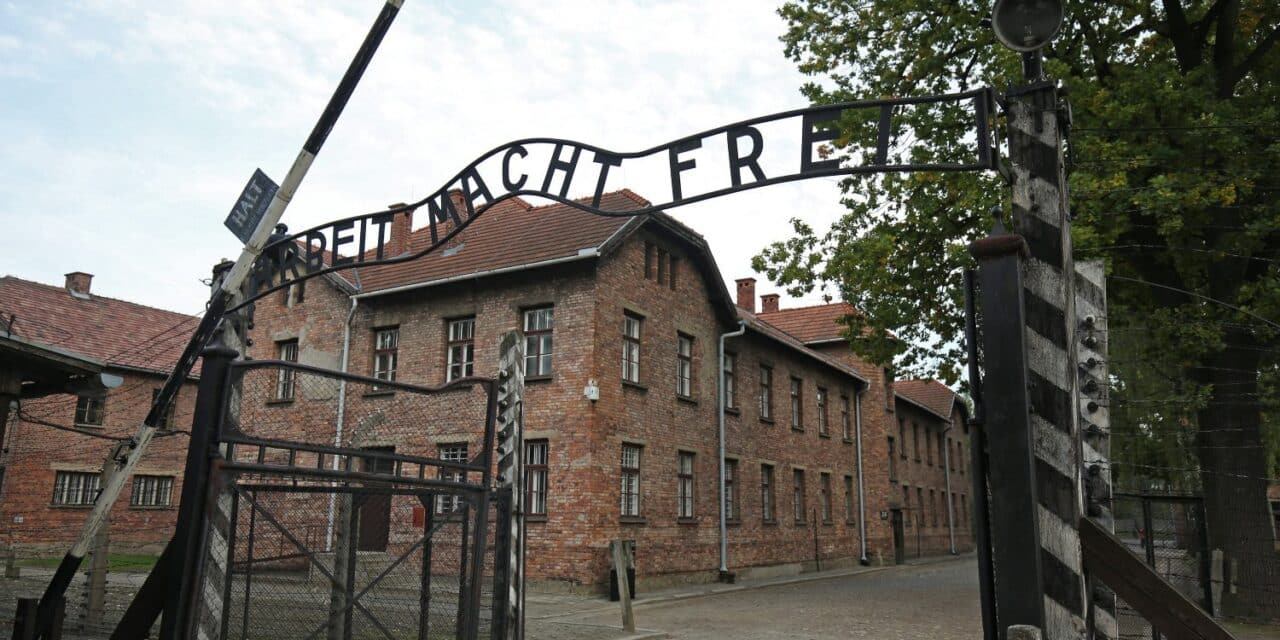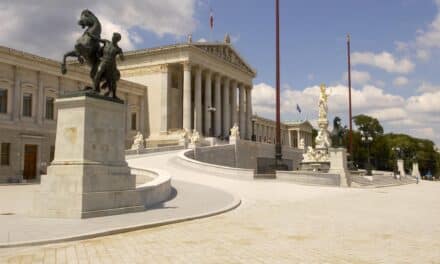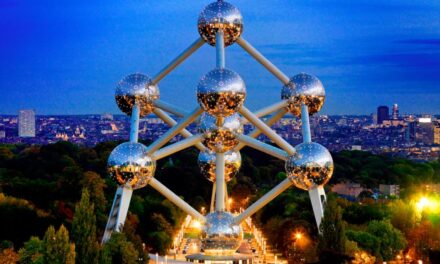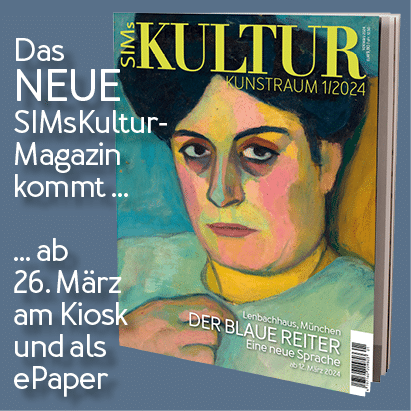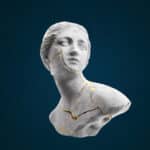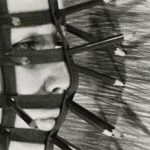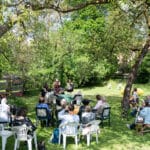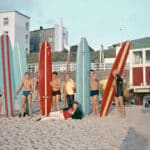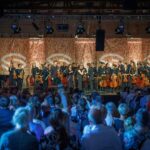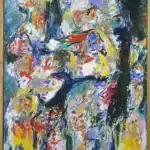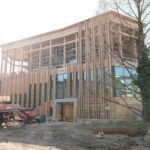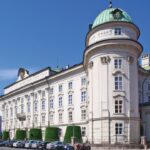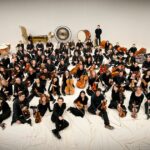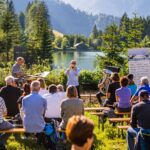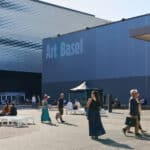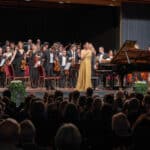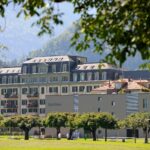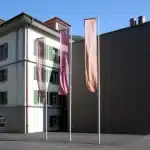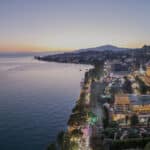The special character of the Auschwitz Museum, the authenticity of the site and the buildings, ruins and exhibits, all traces of the four crimes committed. Genocide and the Holocaust shape the character of the place.
The museum includes the fields where the ashes of the victims were scattered and the ruins of the gas chambers and crematoria. The places where the SS doctors carried out selections, the paths on which people were led into the gas chambers, places where whole families had to wait for death, places of resistance and execution. The first permanent exhibition was opened in 1947 in the former prisoner barracks of the former KL Auschwitz I main camp. In 1955, it was replaced by a new exhibition, which - with a few changes - still exists today. The exhibition documents the two basic functions of KL Auschwitz as a concentration camp for prisoners of various nationalities and as the largest mass extermination facility for European Jews.
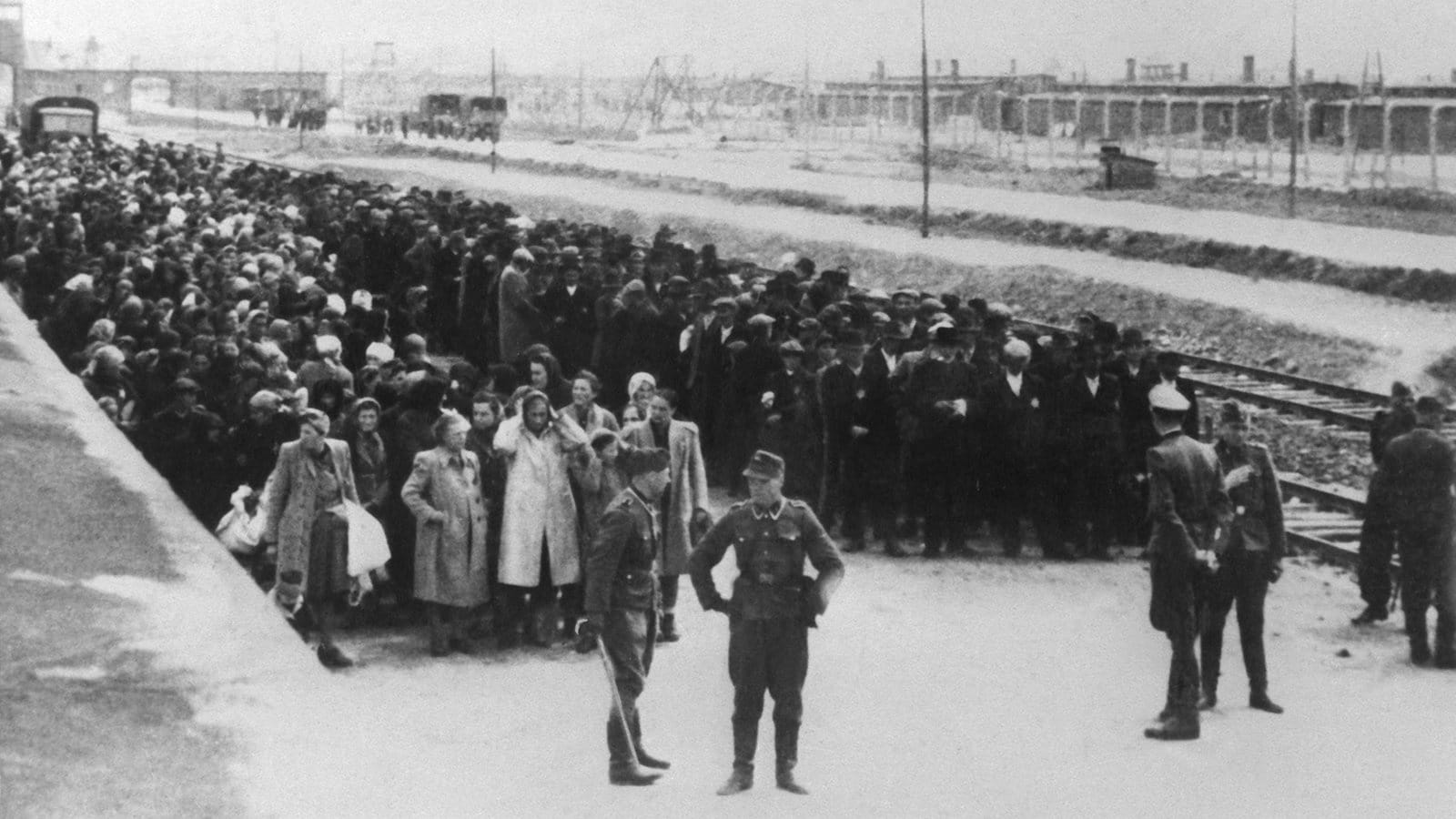
Newly arrived prisoners lined up on the death ramp at Auschwitz concentration camp. Women and children on the left, men on the right. In the background you can see railroad tracks and buildings behind barbed wire. © Image source dpa
The exhibition shows the living conditions of the prisoners who died as a result of extremely hard physical labor, hunger, illness, experiments, torture, various punishments and executions.
and executions. It includes documents and works of art illustrating camp life, including photos of prisoners. The original rooms and cells in which both prisoners and people who had tried to help prisoners were imprisoned are accessible to visitors in the former camp barracks (the so-called death block). On the doors and walls of these cells, you can still see drawings and inscriptions made by the prisoners during their time in the camp. Prisoners accused of breaking the camp rules were held in the punishment cells in the basement of the so-called death block. In 1941, people who were sentenced to starvation were also imprisoned here. Maximilian Maria Kolbe, a Polish priest who voluntarily took the place of a prisoner sentenced to starvation and thus saved him, also died here. In the fall of 1941, the first attempt at mass killing with the poison gas Zyklon B was carried out in the cellar of the so-called death block.
The commemoration of Birkenau
It was decided not to create a museum exhibition in Birkenau, but to leave the site in its original state, as this is where the majority of the victims were murdered.
The only exhibition on the Birkenau site was opened in 2001 and is located in the so-called sauna, the building in which the prisoners were registered and disinfected. Visitors pass through the "sauna" stations in the same order as the prisoners once did: clothing disinfection, hair shaving, medical examination, showers. In the last room, 2,000 private photographs taken by the deportees are on display. The memorial to the victims of the camp is located in Birkenau. In 2005, two further memorial sites were inaugurated: - the place where the so-called "red house" was located, the first gas chamber in Birkenau, which was used from spring 1942; - the so-called Judenrampe, a railroad ramp between Auschwitz I and Birkenau, where the transports with the deported Jews, Poles and Roma arrived from spring 1942 to May 1944. This is where the SS doctors carried out the selections of newly arrived Jews.
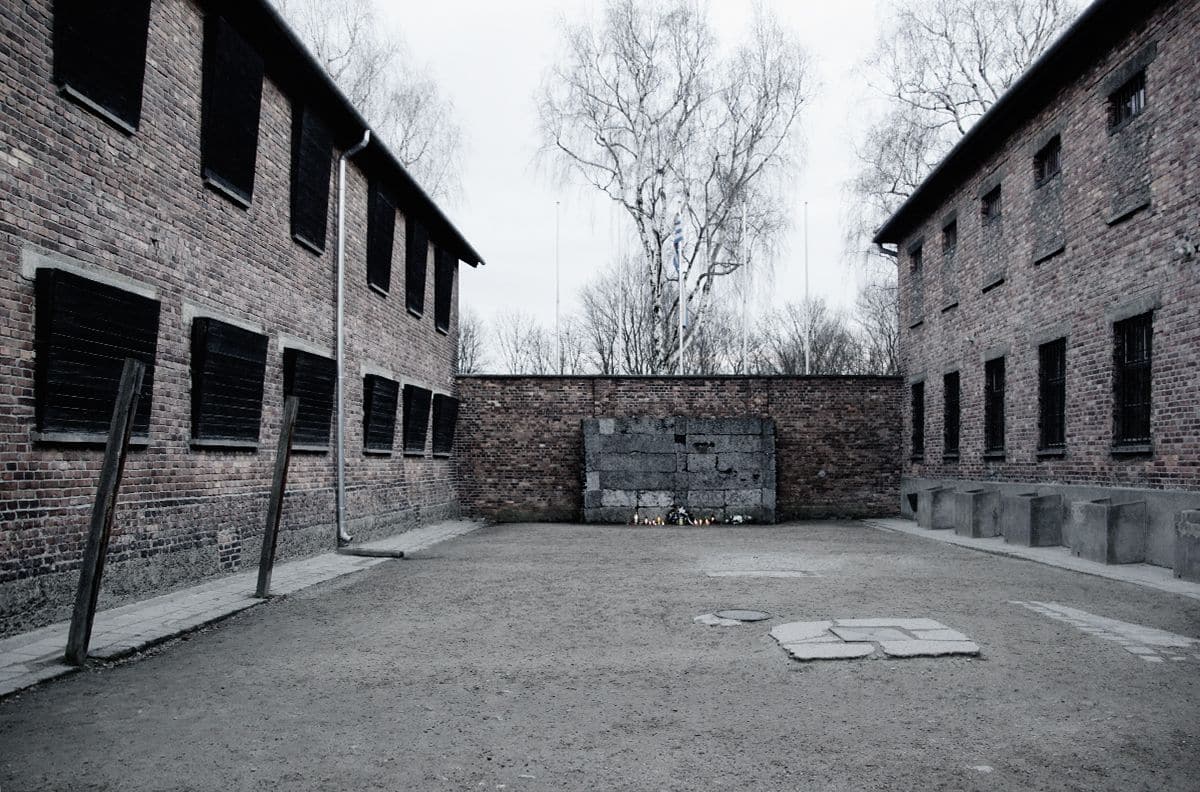
The "Black Wall" © Photo: Frank Schumann/Edition Ost
Changing exhibitions
In the course of the museum's almost seventy-year history, almost 400 temporary and traveling exhibitions have been organized, which have been visited by 15 million people. Apart from
Poland, the exhibitions have been shown in Austria, Great Britain, the former Czechoslovakia, Germany, Israel, Japan, the Netherlands, Switzerland, Sweden, the USA, Hungary, Italy and the former Soviet Union.
The museum is run by the Polish Ministry of Culture and National Heritage and is financed by Polish state funds. It is only since the 1990s that foreign funds have also flowed into the conservation of certain objects. Around 30 million people from all over the world have already visited the museum and the Auschwitz-Birkenau Memorial.

